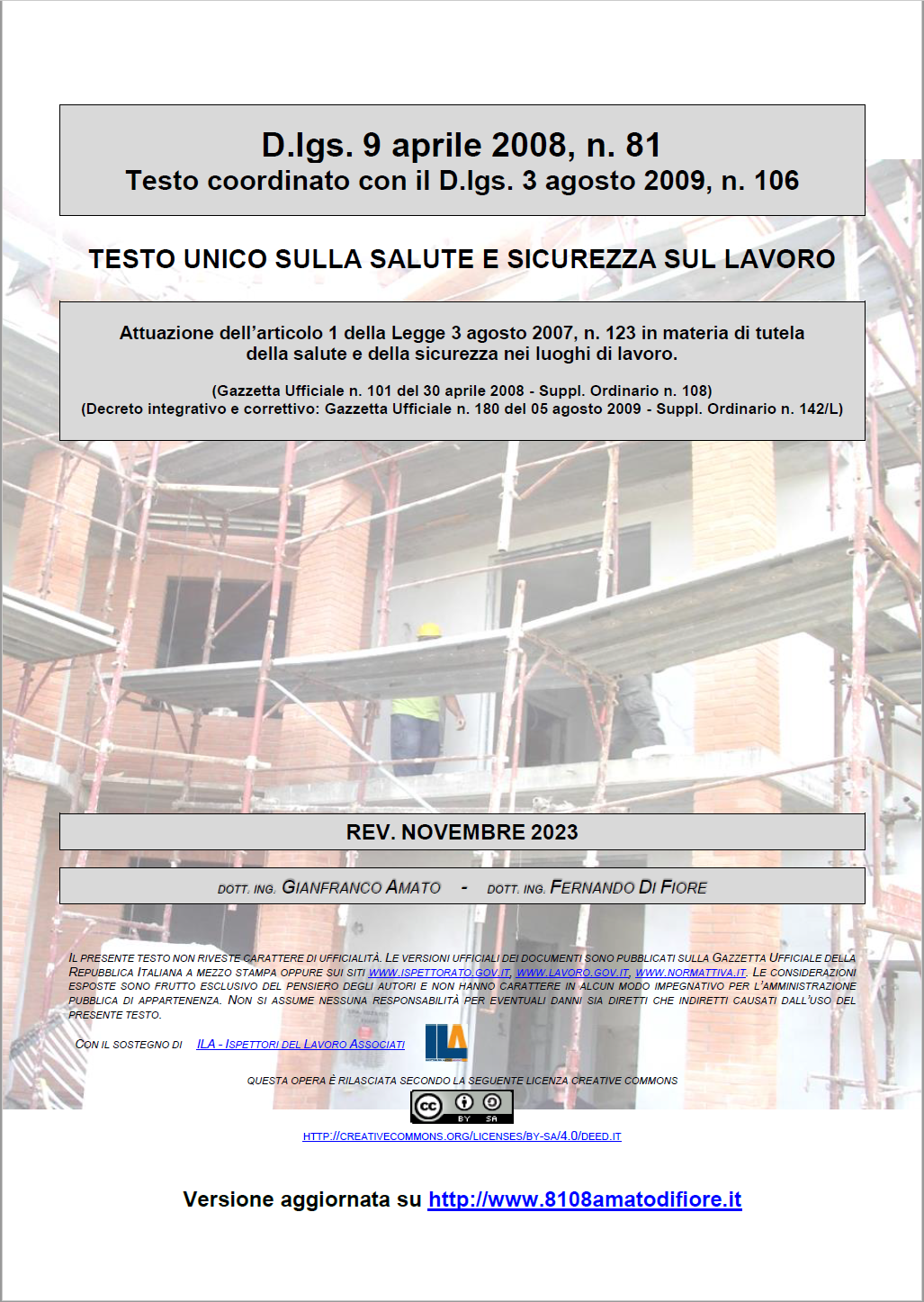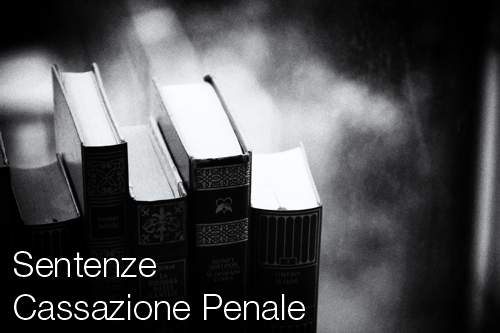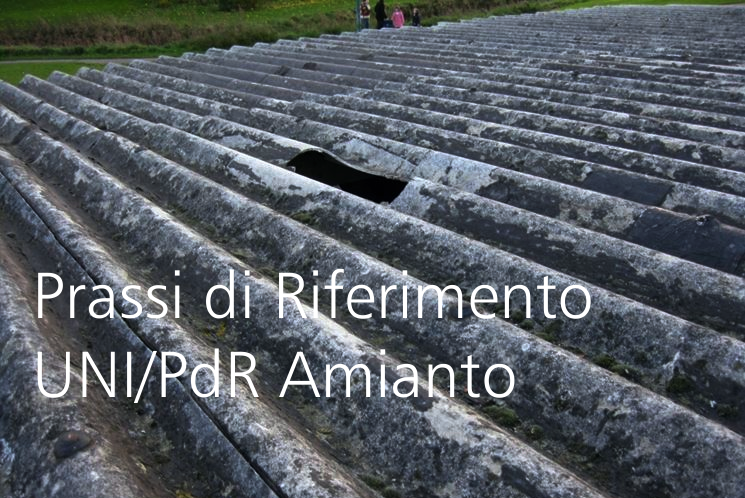Convenzione ILO C13 del 25 ottobre 1921
ID 13979 | 11.07.2021
Convenzione ILO C13 Impiego della biacca e dei sali di piombo, 1921.
Ginevra, 25 ottobre 1921
The General Conference of the International Labour Organisation, having been convened at Geneva by the Governing Body of the International Labour Office, and having met in its Third Session on 25 October 1921, and having decided upon the adoption of certain proposals with regard to the prohibition of the use of white lead in painting, which is the sixth item of the agenda of the Session, and having determined that these proposals shall take the form of an international Convention, adopts the following Convention, which may be cited as the White Lead (Painting) Convention, 1921, for ratification by the Members of the International Labour Organisation in accordance with the provisions of the Constitution of the International Labour Organisation:
Article 1
1. Each Member of the International Labour Organisation ratifying the present Convention undertakes to prohibit, with the exceptions provided for in Article 2, the use of white lead and sulphate of lead and of all products containing these pigments, in the internal painting of buildings, except where the use of white lead or sulphate of lead or products containing these pigments is considered necessary for railway stations or industrial establishments by the competent authority after consultation with the employers' and workers' organisations concerned.
2. It shall nevertheless be permissible to use white pigments containing a maximum of 2 per cent of lead expressed in terms of metallic lead.
Article 2
1. The provisions of Article 1 shall not apply to artistic painting or fine lining.
2. The Governments shall define the limits of such forms of painting, and shall regulate the use of white lead, sulphate of lead, and all products containing these pigments, for these purposes in conformity with the provisions of Articles 5, 6 and 7 of the present Convention.
Article 3
1. The employment of males under eighteen years of age and of all females shall be prohibited in any painting work of an industrial character involving the use of white lead or sulphate of lead or other products containing these pigments.
2. The competent authorities shall have power, after consulting the employers' and workers' organisations concerned, to permit the employment of painters' apprentices in the work prohibited by the preceding paragraph, with a view to their education in their trade.
Article 4
The prohibitions prescribed in Articles 1 and 3 shall come into force six years from the date of the closure of the Third Session of the International Labour Conference.
Article 5
Each Member of the International Labour Organisation ratifying the present Convention undertakes to regulate the use of white lead, sulphate of lead and of all products containing these pigments, in operations for which their use is not prohibited, on the following principles:
(a) White lead, sulphate of lead, or products containing these pigments shall not be used in painting operations except in the form of paste or of paint ready for use;
(b) measures shall be taken in order to prevent danger arising from the application of paint in the form of spray;
(c) measures shall be taken, wherever practicable, to prevent danger arising from dust caused by dry rubbing down and scraping.
(a) Adequate facilities shall be provided to enable working painters to wash during and on cessation of work;
(b) overalls shall be worn by working painters during the whole of the working period;
(c) suitable arrangements shall be made to prevent clothing put off during working hours being soiled by painting material.
(a) Cases of lead poisoning and of suspected lead poisoning shall be notified, and shall be subsequently verified by a medical man appointed by the competent authority;
(b) the competent authority may require, when necessary, a medical examination of workers.
IV. Instructions with regard to the special hygienic precautions to be taken in the painting trade shall be distributed to working painters.
Article 6
The competent authority shall take such steps as it considers necessary to ensure the observance of the regulations prescribed by virtue of the foregoing Articles, after consultation with the employers' and workers' organisations concerned.
Article 7
Statistics with regard to lead poisoning among working painters shall be obtained:
(a) as to morbidity--by notification and certification of all cases of lead poisoning;
(b) as to mortality--by a method approved by the official statistical authority in each country.
Article 8
The formal ratifications of this Convention, under the conditions set forth in the Constitution of the International Labour Organisation, shall be communicated to the Director-General of the International Labour Office for registration.
Article 9
1. This Convention shall come into force at the date on which the ratifications of two Members of the International Labour Organisation have been registered by the Director-General.
2. It shall be binding only upon those Members whose ratifications have been registered with the International Labour Office.
3. Thereafter, the Convention shall come into force for any Member at the date on which its ratification has been registered with the International Labour Office.
Article 10
As soon as the ratifications of two Members of the International Labour Organisation have been registered with the International Labour Office, the Director-General of the International Labour Office shall so notify all the Members of the International Labour Organisation. He shall likewise notify them of the registration of the ratifications which may be communicated subsequently by other Members of the Organisation.
Article 11
Each Member which ratifies this Convention agrees to bring the provisions of Articles 1, 2, 3, 4, 5, 6 and 7 into operation not later than 1 January 1924 and to take such action as may be necessary to make these provisions effective.
Article 12
Each Member of the International Labour Organisation which ratifies this Convention engages to apply it to its colonies, possessions and protectorates, in accordance with the provisions of Article 35 of the Constitution of the International Labour Organisation.
Article 13
A Member which has ratified this Convention may denounce it after the expiration of ten years from the date on which the Convention first comes into force, by an act communicated to the Director-General of the International Labour Office for registration. Such denunciation shall not take effect until one year after the date on which it is registered with the International Labour Office.
Article 14
At such times as it may consider necessary the Governing Body of the International Labour Office shall present to the General Conference a report on the working of this Convention and shall examine the desirability of placing on the agenda of the Conference the question of its revision in whole or in part.
Article 15
The French and English texts of this Convention shall both be authentic.
________
Versione non ufficiale
Fonte e Ratifica: Legge 02 agosto 1952, n. 1305
Entrata in vigore: 31 agosto 1923
Allegati
|
Descrizione |
Lingua |
Dimensioni |
Downloads |
 |
Abbonati Sicurezza Lavoro
|
EN |
287 kB |
0 |


































